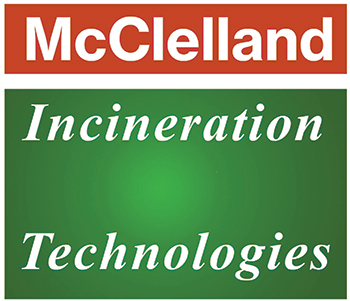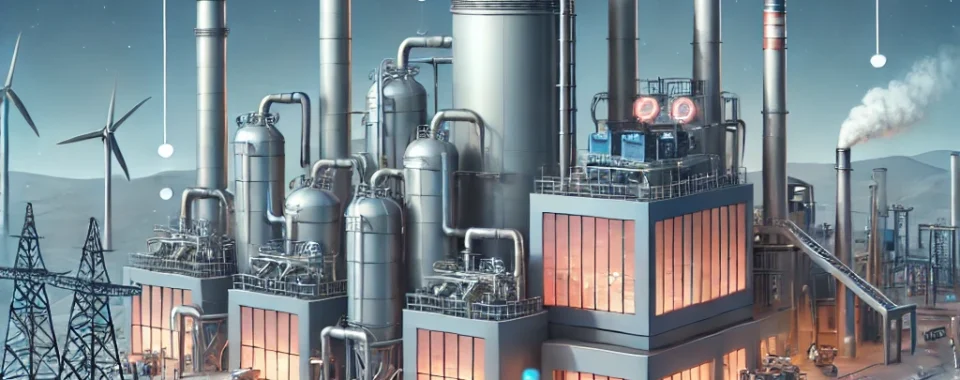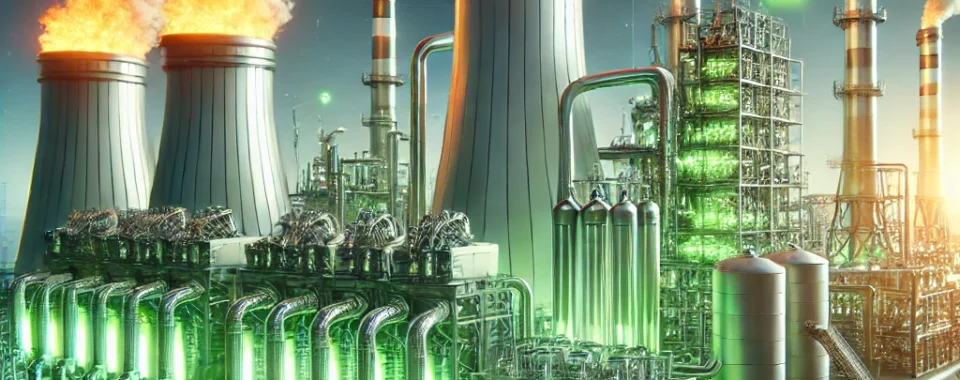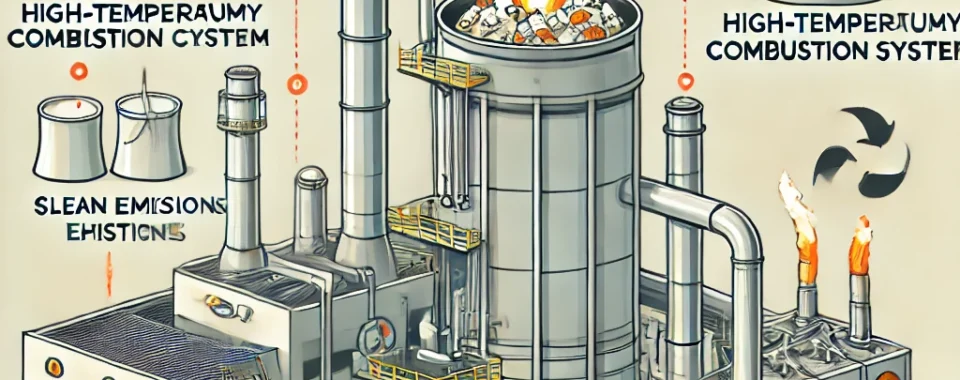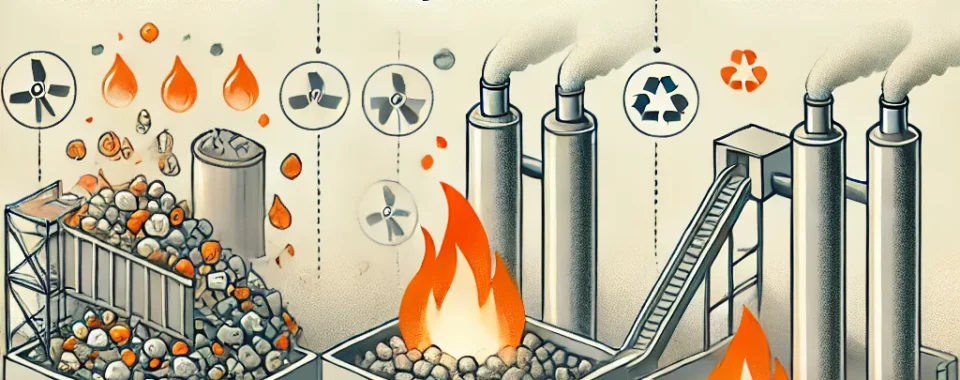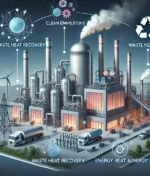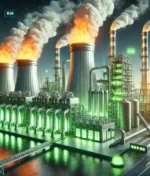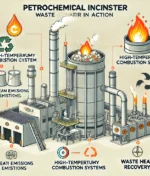Key Technologies for Effective Waste Heat Recovery in Petrochemical Incinerators Waste heat recovery in petrochemical incinerators is a transformative approach to improving energy efficiency and reducing environmental impact. This process involves capturing the residual heat generated during the high-temperature combustion of hazardous petrochemical waste and converting it into usable energy,…
Waste heat recovery (WHR) in petrochemical incineration is becoming an increasingly vital technology, both for its economic advantages and environmental benefits. This innovative process involves capturing and repurposing the excess heat produced during the incineration of hazardous waste at petrochemical plants. Instead of letting this excess heat dissipate into the…
Petrochemical waste incinerators are essential for safely disposing of hazardous waste produced by petrochemical plants. These incinerators operate using high-temperature combustion, advanced emission control, and waste heat recovery systems to treat and minimize toxic by-products. Here’s a breakdown of the process: Waste Feeding: Hazardous waste, such as solvents, by-products, and…
Advanced technologies are transforming waste incineration into a cleaner, more efficient process, making it an essential part of sustainable waste management. Here’s how: Enhanced Emission Control: Modern incinerators are equipped with advanced filtration systems, like electrostatic precipitators and scrubbers, which significantly reduce harmful emissions, including dioxins, heavy metals, and particulate…
Waste-to-energy (WTE) is a process that converts non-recyclable waste into usable energy, typically electricity or heat, through incineration. In this method, waste materials are burned in high-temperature furnaces, releasing heat, which is then used to produce steam. This steam drives turbines, generating electricity or providing district heating for nearby communities.…
Waste incineration is a method of waste treatment that involves burning solid, liquid, or gas waste at high temperatures to reduce its volume and mass, typically by up to 90%. Incineration transforms waste into ash, flue gas, and heat, which can often be used for energy production (waste-to-energy). The process…

